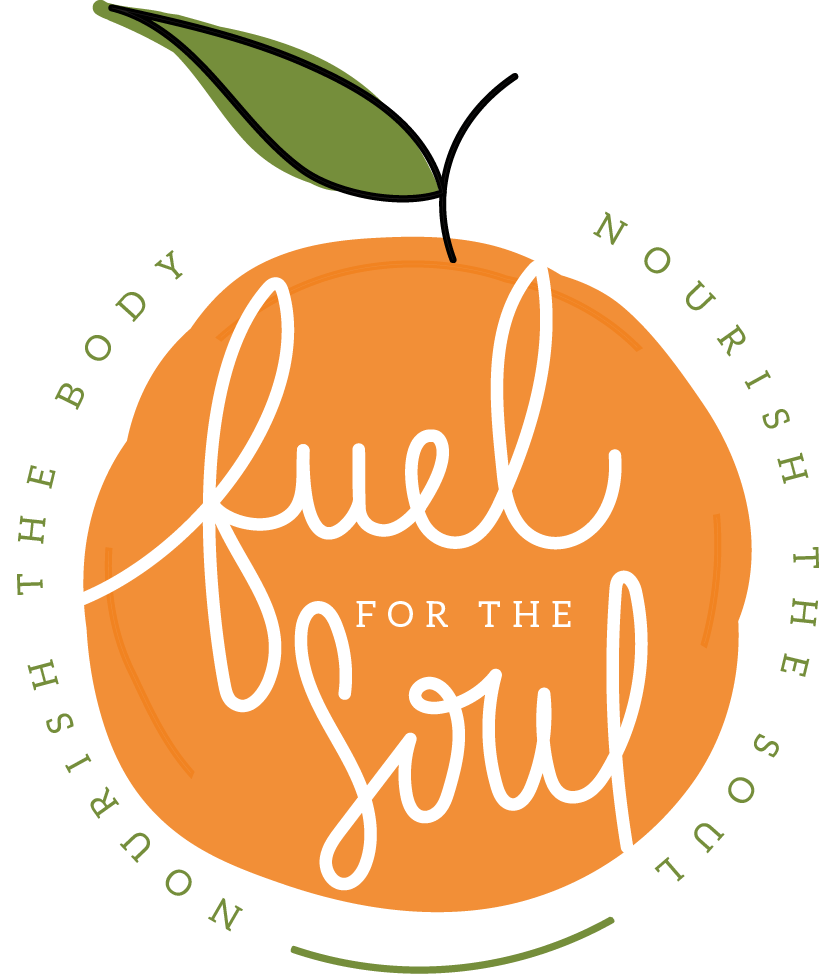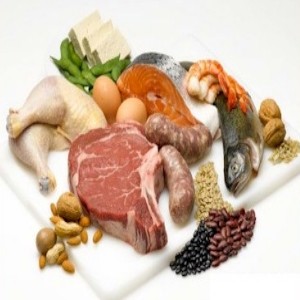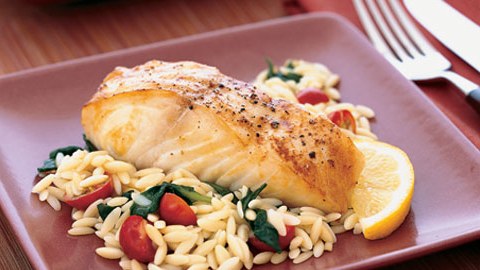You probably haven’t heard of Histidine before, but it’s quite an important nutrient! In fact, Histidine is often considered a semi-essential amino acid that acts as the building blocks of protein for your body. Histidine is only produced in very small amounts by the body, however, so you must obtain the rest of your needs from foods. Read on to learn about the wonderful health benefits of Histidine and what tasty foods you can eat to increase your intake!
Nutrients by the Alphabet: Histidine Health Benefits and Recipe
That’s right, in this new series – Nutrients by the Alphabet – you will learn all about important nutrients (vitamins, minerals, and antioxidants), their health benefits, and easy and delicious ways to get more of the good stuff with a fun recipe to try each week (courtesy of my awesome student-intern from Brooks DeBartolo Collegiate High School – Shelby Persechino)!
So, what are the health benefits of Histidine?
As I mentioned, Histidine is a semi-essential amino acid that plays a role in the building of protein for our bodies. Histidine supports the immune system and, because of its anti-inflammatory properties, it helps ease joint pain and stiffness. Due to its antifungal properties, it helps ease certain infections as well. Histidine is commonly used as medicine for allergies, ulcers, rheumatoid arthritis, and anemia caused by kidney failure or kidney dialysis. Did you know that Histidine can also detoxify the body of heavy metals (like mercury and lead) through its ability to combine with them? That’s pretty cool if I had to say so myself! Histidine helps regulate the pH-values of the blood, support the healing of wounds, and regulate growth and natural repair mechanisms. While these health benefits are all pretty great, perhaps the most important role of Histidine is in hemoglobin health and in the transportation of oxygen within cells. Now, isn’t Histidine an awesome essential amino acid!?
So, how much Histidine do you need and where can you find it?
The Recommended Daily Allowance of Histidine for adults 19 years and older is 14mg. As always, the best way to get your RDA of Histidine is through healthy, wholesome foods not through supplements. Meat, poultry, fish, dairy, rice, wheat, and rye are all high-protein foods which means they are great sources of Histidine. Some other food sources include seafood, beans, eggs, buckwheat, corn, cauliflower, mushrooms, potatoes, bamboo shoots, bananas, cantaloupe and citrus fruits.
Looking for a delicious recipe to increase your intake of Histidine? Here is a baked halibut with orzo, spinach, and cherry tomatoes recipe from “Bon Appétit”.
Now that looks oh so pretty and delicious! So what are you waiting for? Grab the ingredients and get to cooking to receive all the amazing health benefits of Histidine!


